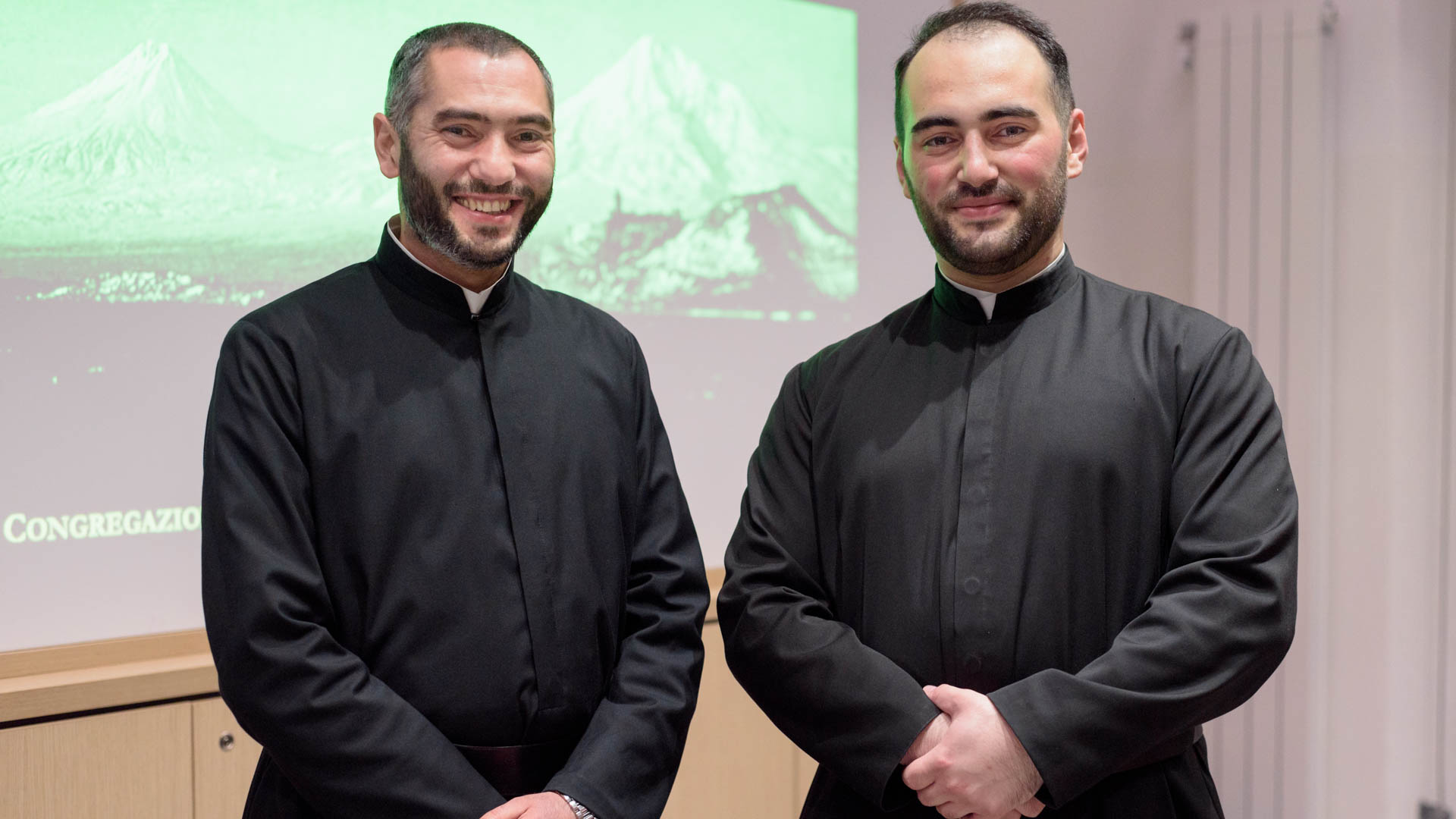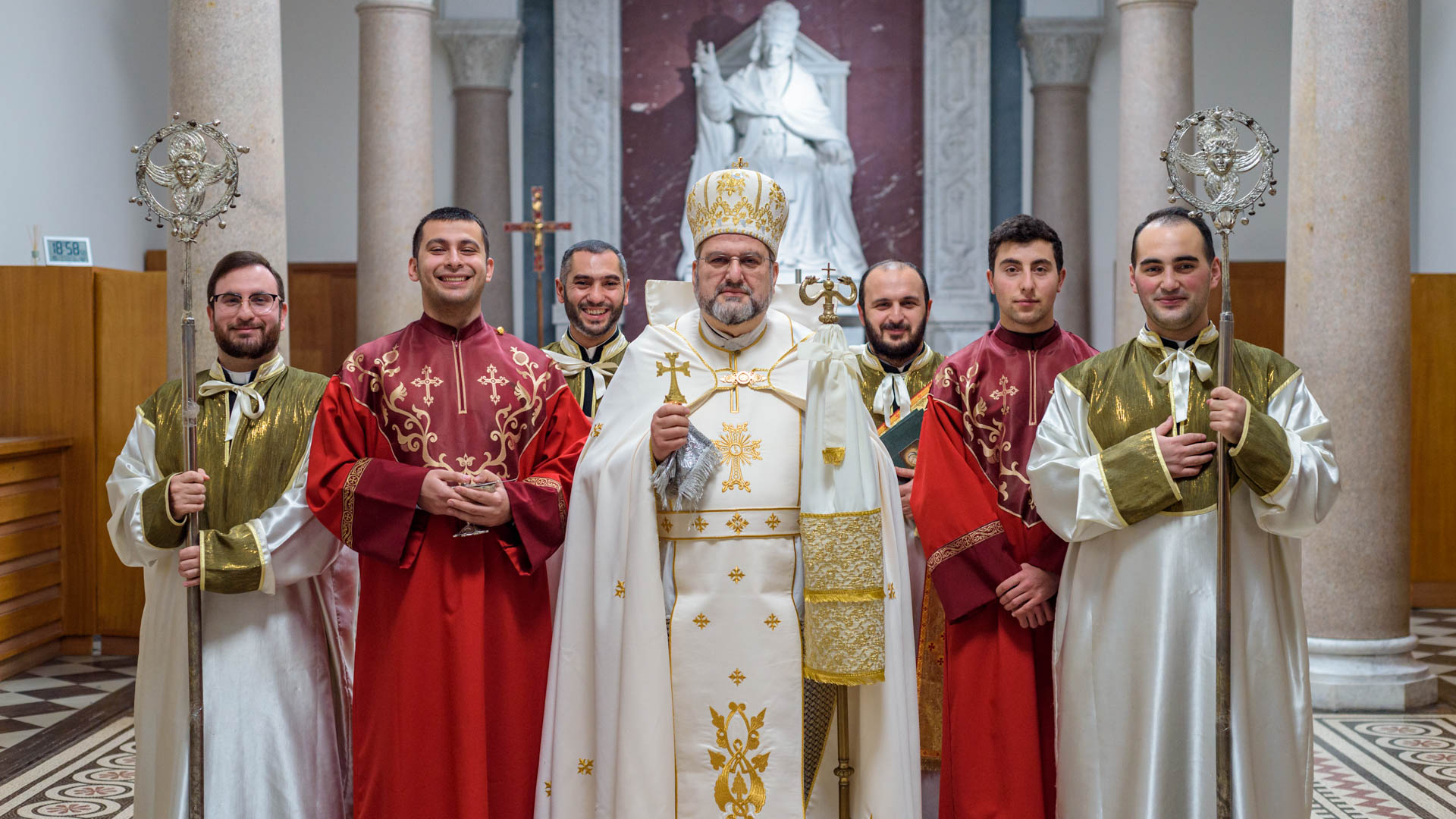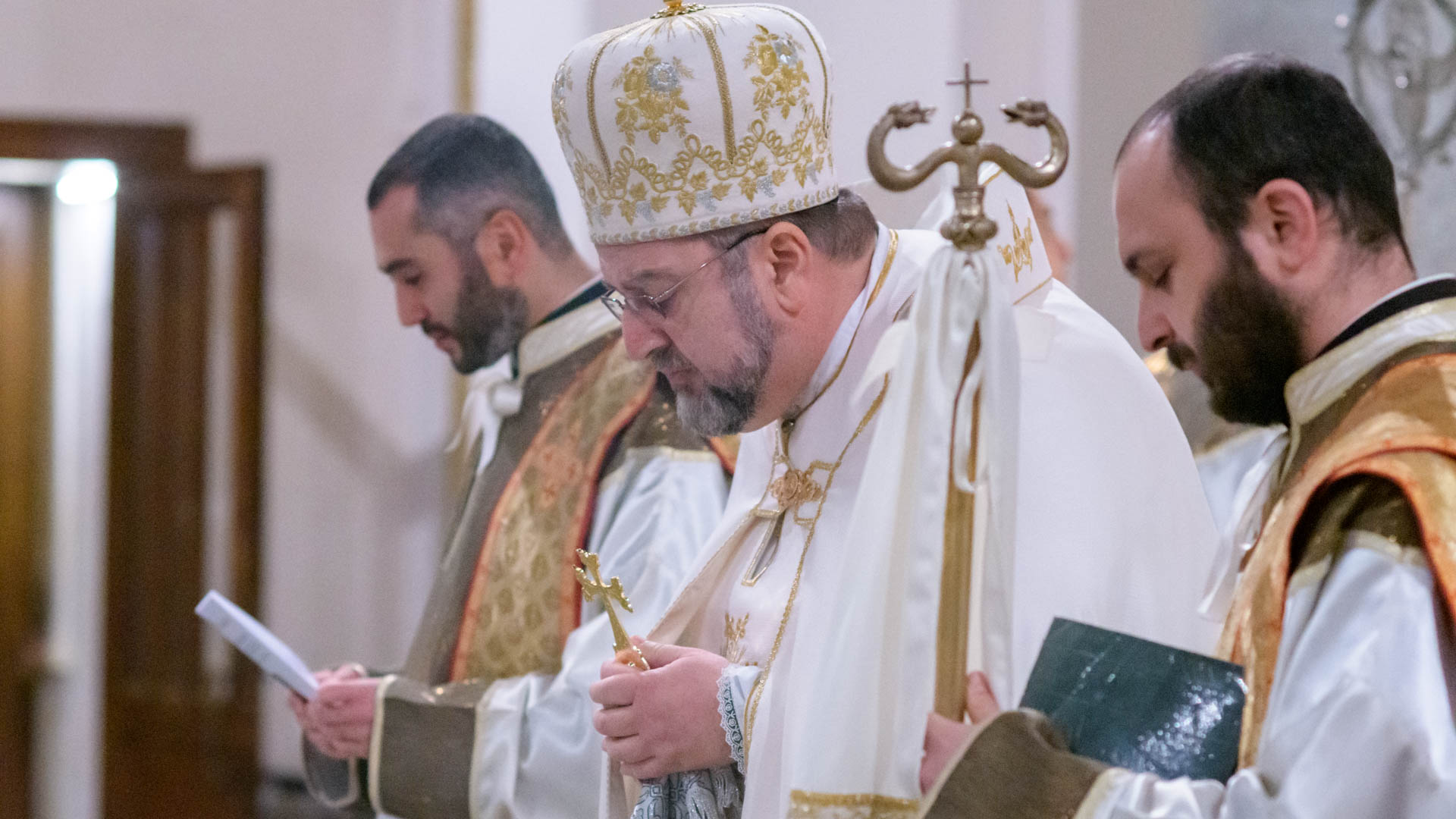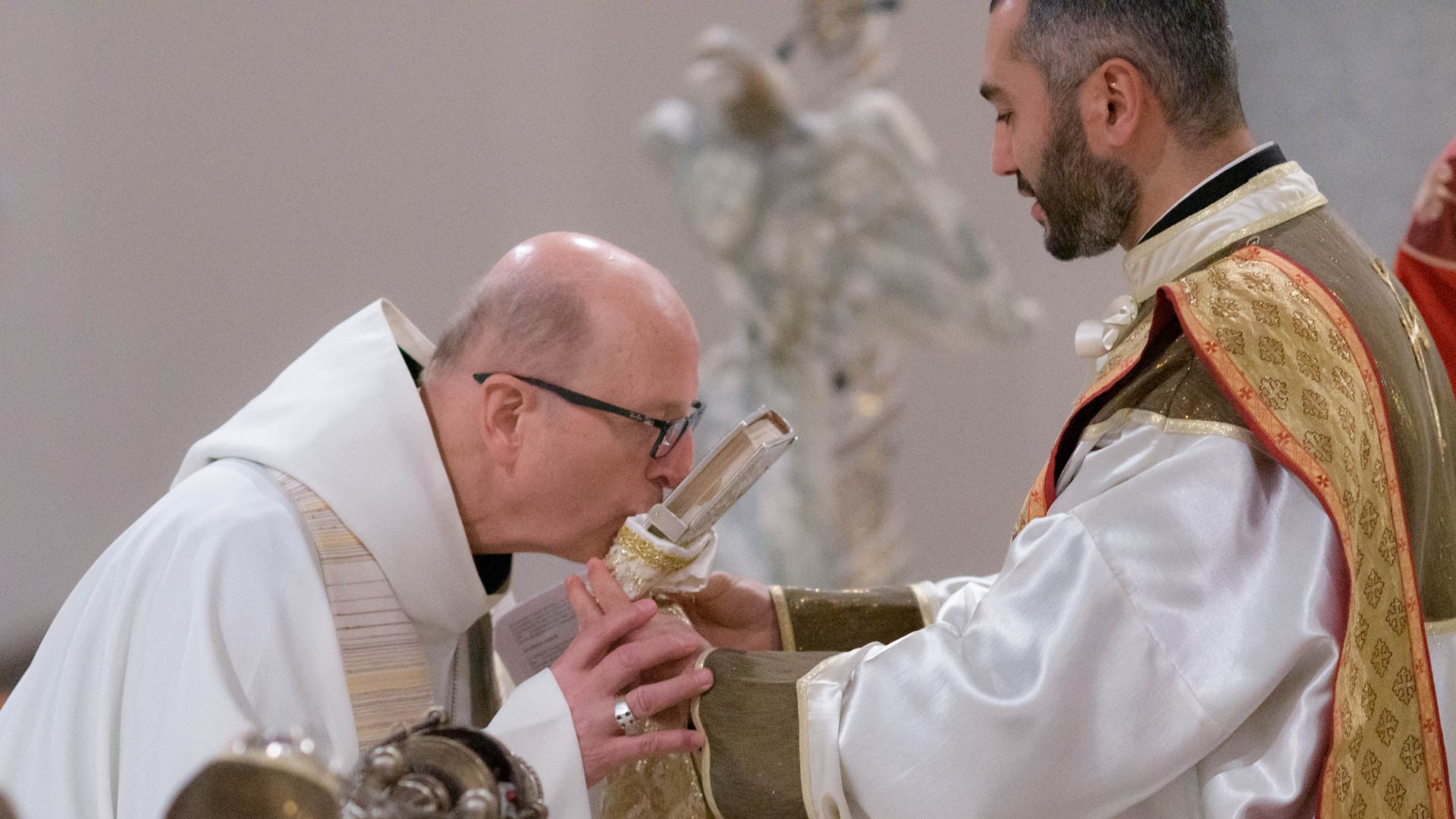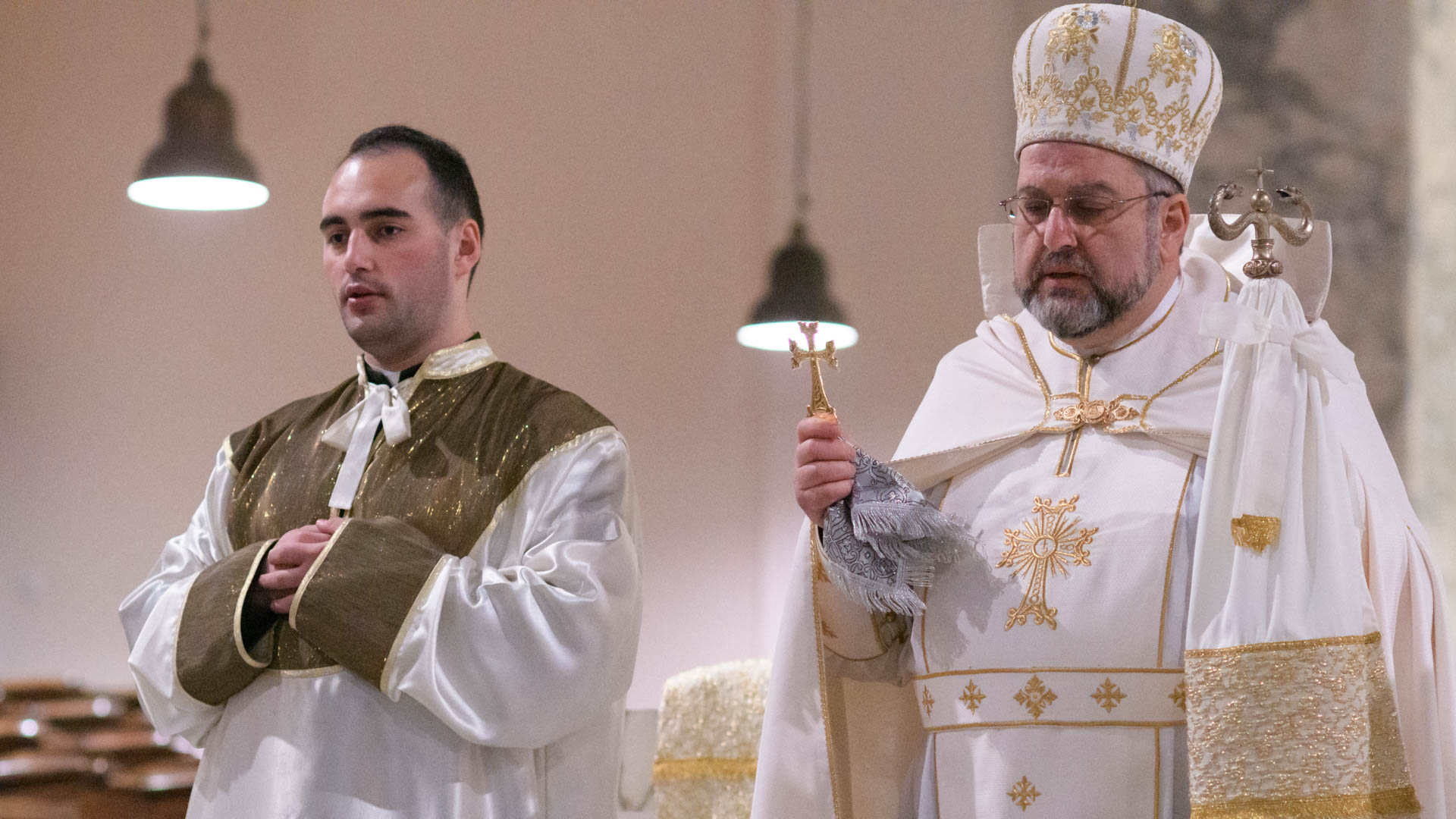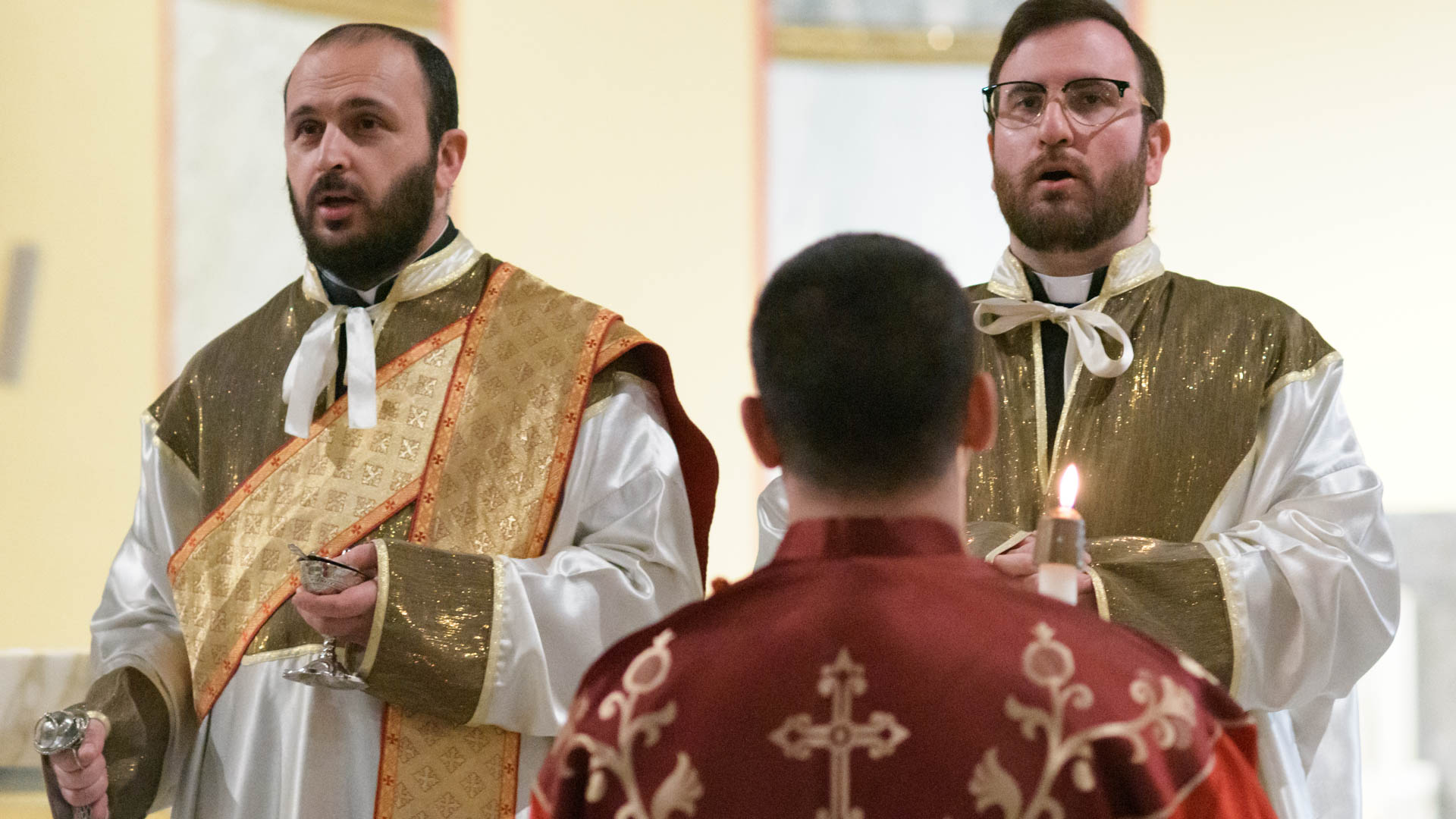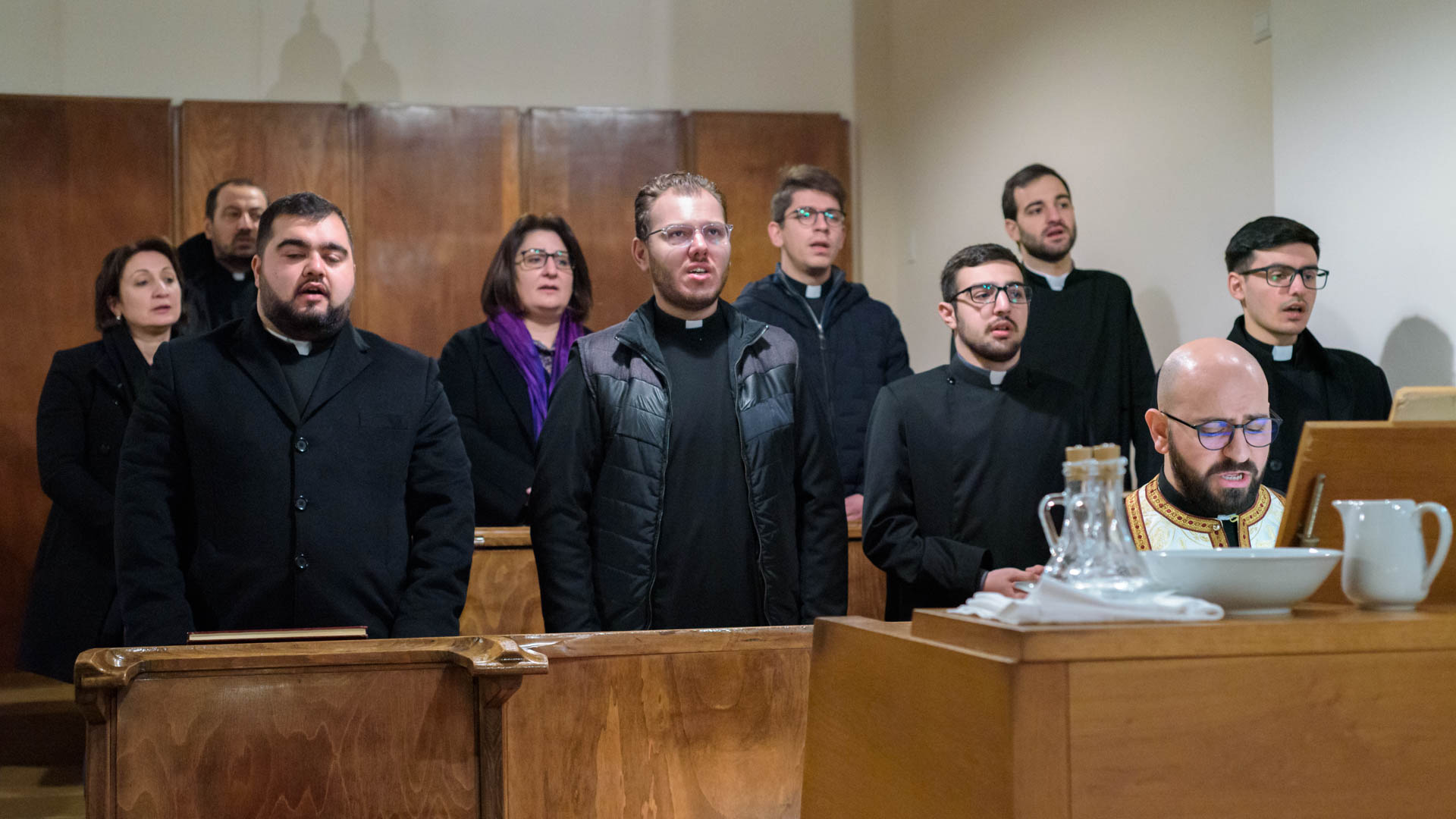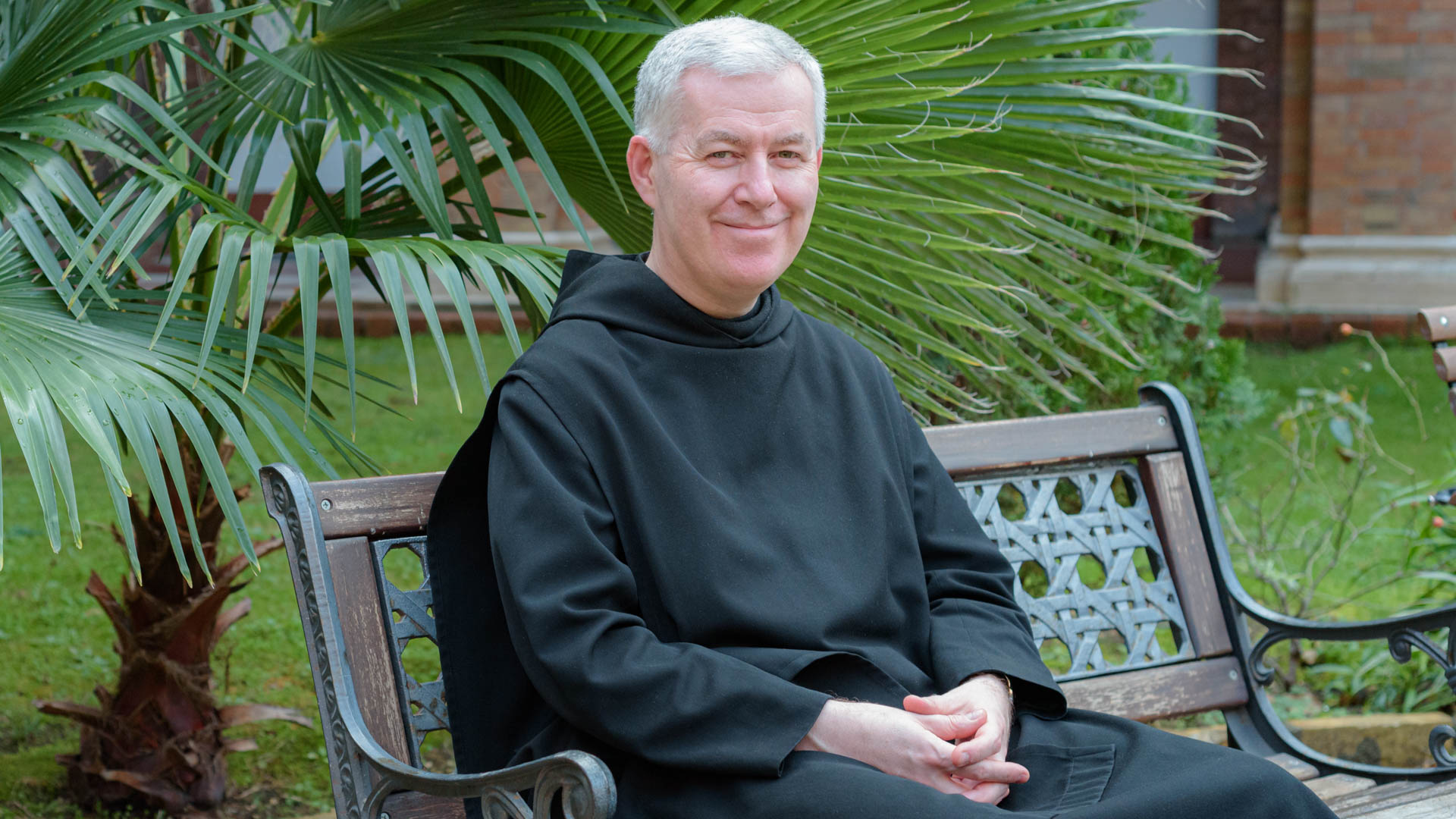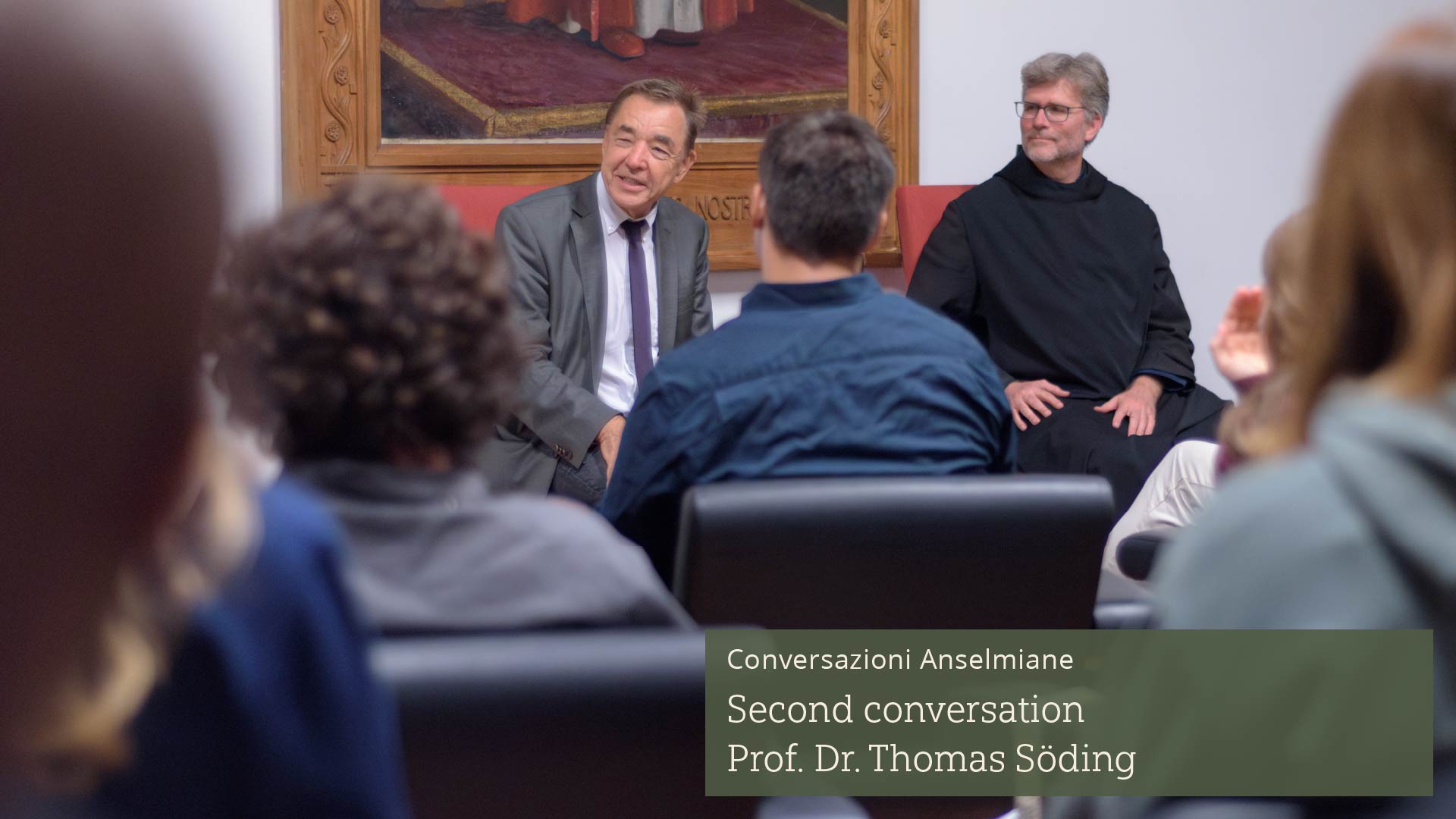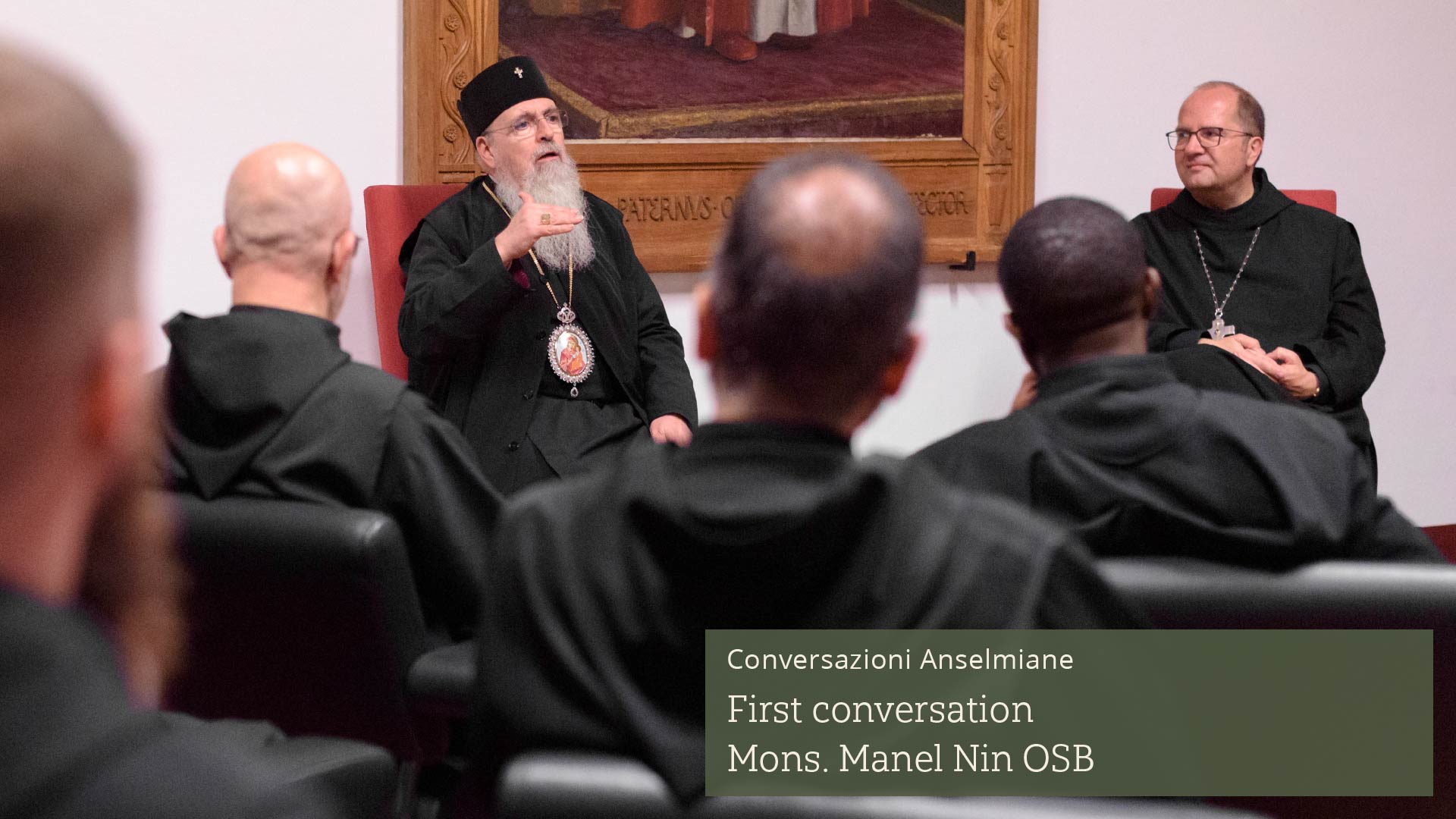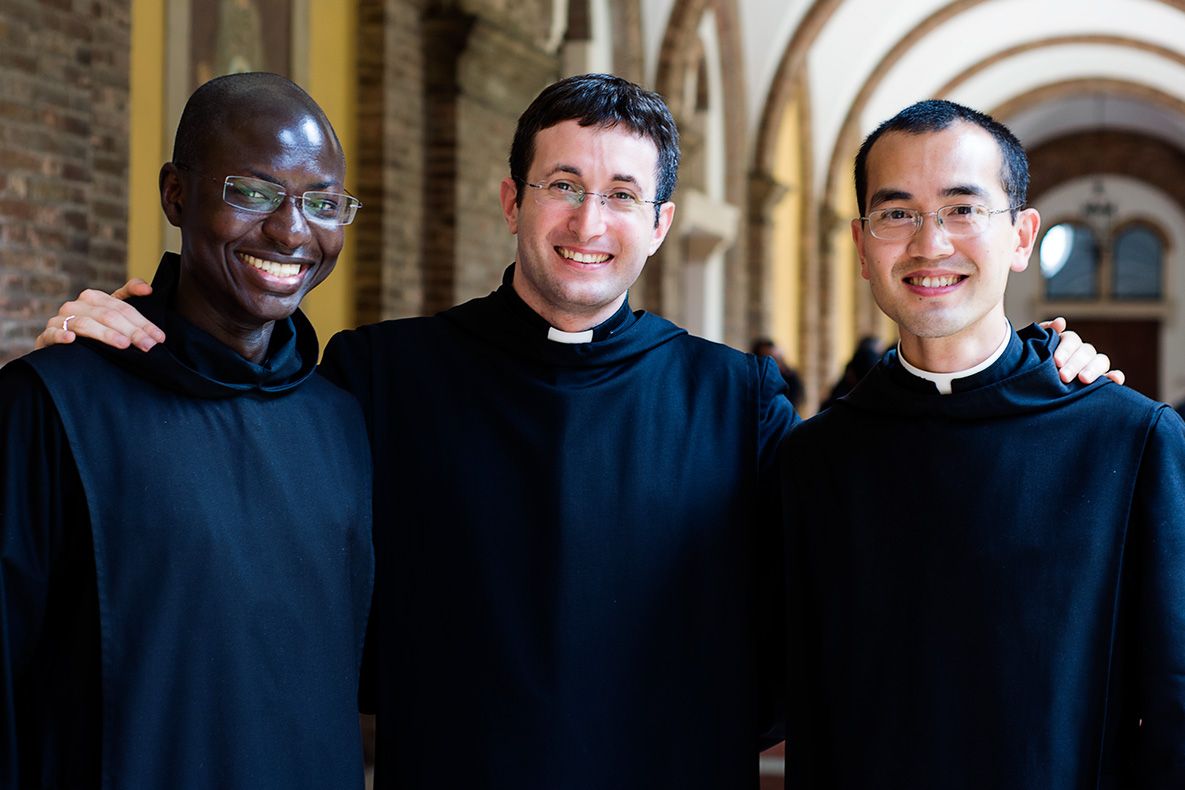6 April 2023
On the evening of 28 March, Armenian monks of the Mekhitarist monastery in Venice-Lido gave a presentation to the residents of Sant’Anselmo. Kevork Sarkisyan, Hovhannes Manukyan, and Mashdoz Ohanian of the monastery “Saint Lazarus of the Armenians” have been residents of our College since last October. They explained the history of Armenia, the Armenian genocide and the establishment of their monastery by Mekhitar of Sebaste. Their story extended into the present-day activities and lives of the monks of San Lazzaro.
Armenia is one of the world’s oldest civilizations, with a rich history that dates back to ancient times. The region of modern-day Armenia was ruled by various empires and kingdoms throughout its history, including the Urartian Kingdom, the Persian Empire, and the Roman Empire.
In the early 4th century AD, Armenia became the first country in the world to officially adopt Christianity as its state religion, under the leadership of King Tiridates III. This was a significant event in the country’s history, and it has had a profound impact on Armenian culture and identity to this day.
Beginning in the seventh century, Armenia suffered successive invasions of the neighbouring Arab countries. In 1700, Mekhitar of Sebaste, a monk who was concerned about the culture and education of Armenians, gathered a group of young people animated by the desire to revive the ancient culture and spirituality of the Armenian people. This would be the first nucleus of the future Mekhitarist Congregation.
Forced to flee Constantinople in 1701, Mekhitar settled in Methone (Modone), Greece. From 1715, due to the Turkish conquest of Greek Morea, he lived in Venice, where he was granted the Island of San Lazzaro, which was abandoned at the time. Here he designed and built, over the course of 23 years, the monastery that would become the center of the Armenian cultural renaissance of the 18th and 19th centuries. In the meantime, convinced of the need to be in full communion with Rome, he obtained the approval of his Congregation from the Pope, assuming the Benedictine Rule.
In the early 20th century, Armenia became embroiled in a conflict with the Ottoman Empire, which culminated in the Armenian Genocide. Between 1915 and 1923, the Ottoman government systematically murdered an estimated 1.5 million Armenians, displacing many others from their homes and causing widespread suffering and trauma.
The monastery San Lazzaro in Venice became an important center of Armenian culture and scholarship, and it played a significant role in preserving Armenian language, literature, and art. The monks also established an Armenian press, which printed numerous books and other publications in Armenian.
This presentation is part of a regular series organised by Prior Mauritius Wilde to celebrate the richness of our international residential College and promote mutual understanding and solidarity within the Universal Catholic community.
Altre Notizie
Shortly after his election in September, Abbot Primate Jeremias Schröder appointed Fr. Brendan Coffey, abbot emeritus of Glenstal Abbey in Murroe, County Limerick, Ireland, as prior of Collegio Sant’Anselmo. Fr. Brendan assumed formal responsibility for his new role on 7 January.
On 17 October, the Sant'Anselmo community gathered for the second session of Conversazioni Anselmiane, a new series designed to bring insights from the Synod of Bishops directly to campus. This conversation featured Prof. Dr. Thomas Söding, a German Catholic theologian and senior professor of New Testament exegesis at Ruhr University Bochum.
Last Saturday, 5 October, the Sant'Anselmo community gathered for the inaugural session of Conversazioni Anselmiane, a new series aimed at bringing insights from the Assembly of the Synod of Bishops directly to campus.

